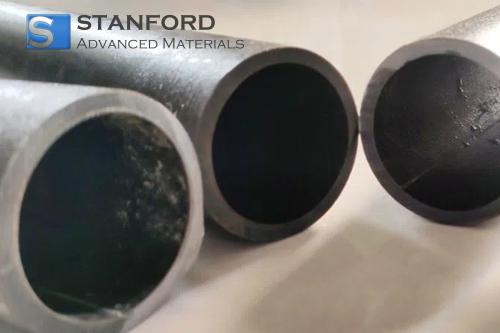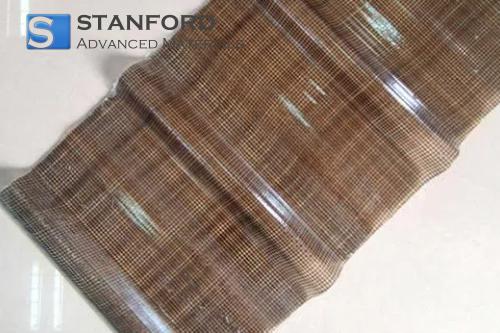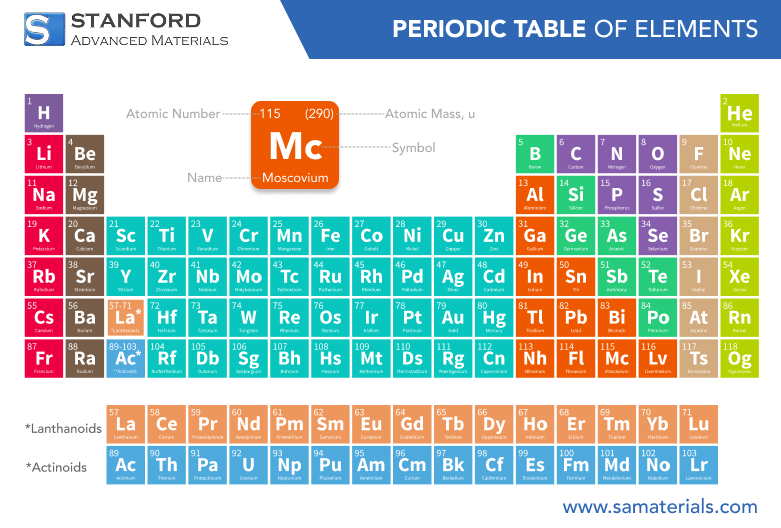Livermorium: Element Properties And Uses
Introduction
Livermorium (Lv, atomic number 116) is an artificial superheavy chalcogen group element of the periodic table. It was first synthesised in 2000 by a team of American and Russian scientists at the Joint Institute for Nuclear Research (JINR) in Dubna, Russia, together with Lawrence Livermore National Laboratory. The name livermorium was officially given to the element in 2012 to honour the Lawrence Livermore laboratory's role in superheavy element discovery.
Despite being produced only in a few atoms at a time, livermorium provides scientists with a unique opportunity to study nuclear stability, relativistic effects, and the behaviour of electrons in superheavy nuclei that cannot be studied in naturally occurring elements.
History and Naming
The synthesis of livermorium was an extension of a general effort to produce elements beyond uranium (transuranium elements). Researchers bombarded targets of curium-248 with calcium-48 ions in particle accelerators to produce isotopes of livermorium-293 and livermorium-292. The isotopes have half-lives of approximately 60–70 milliseconds, reflecting the extreme instability of superheavy nuclei.
The name "livermorium" commemorates the Lawrence Livermore National Laboratory for its position at the forefront of synthesising superheavy elements and nuclear physics.
Chemical Properties
Due to its superheavy nature and short half-life, livermorium's chemical properties are mostly theoretical. It is expected to exhibit behaviour consistent with tellurium and polonium, the other members of group 16, and form -2 oxidation states, for instance. However, relativistic effects severely alter its electron orbitals, which may render bonding and reactivity unlike those observed for the lighter chalcogens.
It is expected to exhibit metallic character, unlike that of its lighter group 16 counterparts, and may even produce volatile compounds under experimental conditions.
|
Property |
Value / Prediction |
Notes |
|
Symbol |
Lv |
– |
|
Atomic number |
116 |
– |
|
Atomic weight |
[293] |
Synthesised isotopes 290–293 |
|
Group / Period |
16 / 7 |
Chalcogen |
|
Electron configuration |
[Rn] 5f¹⁴6d¹⁰7s²7p⁴ |
Predicted |
|
Oxidation states |
+2, +4 (possibly +6) |
+2 favoured |
|
Density |
~12–16 g/cm³ |
Estimated |
|
Melting / Boiling point |
Unknown |
Predicted solid at RT |
|
Electronegativity |
~2.0 |
Predicted |
|
Atomic radius |
~148 pm |
Predicted |
|
Decay |
Alpha |
Half-life < 1 min (Lv-293: 60 ms) |
|
Appearance |
Unknown |
Likely metallic |
|
Chemical behaviour |
Like polonium |
Volatile halides expected |
For more potential and known properties of livermorium, please check Stanford Advanced Materials (SAM).
Production Methods
Livermorium is synthesised by nuclear fusion reactions in particle accelerators:
1. Target Preparation: Targets of heavy actinides such as curium-248 or plutonium-244 are prepared.
2. Projectile Bombardment: A beam of calcium-48 ions is accelerated and bombarded onto the target to induce fusion.
3. Detection and Identification: Livermorium atoms formed are immediately identified through alpha spectroscopy and decay chains as the isotopes decay in milliseconds.
• Case example: The Dubna team, in the first 2000 synthesis, identified four atoms of livermorium-292, confirming its creation and enabling the monitoring of decay chains that finally end at the familiar isotopes of lead and bismuth.
The yield is extremely low, even less than ten atoms per experiment, requiring beam intensity, energy accuracy, and target stability.
Uses of Livermorium
Livermorium has no potential uses due to its high radioactivity and short half-life. It is primarily of scientific use, providing insights into:
• Nuclear Stability: Experiments with livermorium establish the "island of stability" of superheavy elements and influence predictions for more long-lived isotopes.
• Theoretical Chemistry: The element facilitates demonstration of relativistic quantum models of physical and chemical behaviour in superheavy nuclei.
• Nuclear Physics Methodologies: Synthesis of livermorium has fostered developments in particle accelerator technology, alpha decay detection techniques, and isotope separation.
Case Example: In 2015, researchers used synthesised livermorium isotopes to confirm theoretical decay chains as computed employing nuclear shell models. This played a crucial role in providing data for stability modelled elements Z > 110, to inform future efforts to synthesise longer-lived superheavy elements such as oganesson (Og, Z=118).
Frequently Asked Questions
How is livermorium made?
Through nuclear fusion, bombarding heavy actinide targets (plutonium or curium) with calcium-48 ions in particle accelerators.
What is it about livermorium that is unstable?
Its superheavy nucleus is under extreme Coulomb repulsion, thus having very brief half-lives (milliseconds).
What are its chemical properties?
Largely theoretical, but consistent with group 16 elements though strongly influenced by relativistic electron effects; expected to exhibit metallic character.
Why is its production significant?
The production of livermorium pushes the limits of nuclear chemistry, refining methods for detecting and studying superheavy elements.
What is livermorium's application in research?
It provides valuable insights into the nuclear forces, decay mechanisms, and the hypothetical island of stability, forming the basis for investigations of superheavy elements.
Does it have any practical uses?
Not as yet—its utility is purely in frontier research, as it helps scientists develop models of atomic structure and nuclear stability.

 Bars
Bars
 Beads & Spheres
Beads & Spheres
 Bolts & Nuts
Bolts & Nuts
 Crucibles
Crucibles
 Discs
Discs
 Fibers & Fabrics
Fibers & Fabrics
 Films
Films
 Flake
Flake
 Foams
Foams
 Foil
Foil
 Granules
Granules
 Honeycombs
Honeycombs
 Ink
Ink
 Laminate
Laminate
 Lumps
Lumps
 Meshes
Meshes
 Metallised Film
Metallised Film
 Plate
Plate
 Powders
Powders
 Rod
Rod
 Sheets
Sheets
 Single Crystals
Single Crystals
 Sputtering Target
Sputtering Target
 Tubes
Tubes
 Washer
Washer
 Wires
Wires
 Converters & Calculators
Converters & Calculators
 Write for Us
Write for Us





 Chin Trento
Chin Trento



